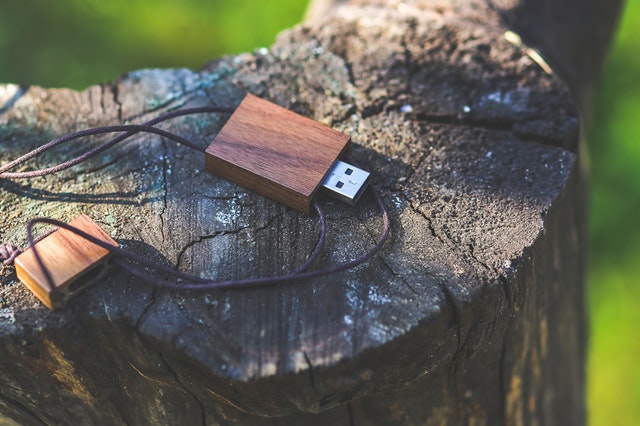 Did you know it’s possible to access Wikipedia when you’re off-line…even if the Internet is down for years?
Did you know it’s possible to access Wikipedia when you’re off-line…even if the Internet is down for years?
Did you know data on USB “thumb drives” and SD cards may survive an EMP attack?
But of course, to be safe, it’s very easy to wrap them in paper for insulation, then a double-layer of heavy duty aluminum foil so they are truly safe in a little Faraday box.
A few times each month, Wikipedia copies its entire current database (just text, not photos) and stores it as a single file, available for free download on the Internet. It’s a huge file (58+ GB when decompressed) and takes a few hours to download, but it easily fits on a large flash drive available for under $15, like this 64GB drive that costs $12.
So for offline reading, all you need is a computer (any old laptop will do) and a flash drive with the Wikipedia database, plus a free “reader” program that can search the database for the data you want to find, and display it for you to read. Of course, the computer and its charger should be kept in a Faraday box so it still works after an EMP attack. And you’ll need a power source, like a solar panel or hand-cranked generator, to charge the laptop’s battery. But in a long-term emergency situation, it could be wonderful to have access to some electrical power and a laptop, anyway.
Unfortunately, it helps to be a bit of a computer nerd to get it all set up, but let’s hope you have a year or more, starting today, to get it figured out and ready. If we DO have an EMP attack, it would be WONDERFUL to have all the Wikipedia information available to you, both to have a lot to read for entertainment if there’s nothing else to do, and also, of course, to have all the information available if you really need it. Things like how to make medicines from herbs, how to make gunpowder, how to…anything!
(A note about USB drives. They usually come formatted in the old FAT file system, which can’t handle huge file sizes. To put a huge file on the USB drive, in Windows bring up your file browser, right-click on the drive letter of the USB drive, select Format, and format the drive to use NTFS rather than FAT file system. More info on this is HERE.)
I’ll give below the steps I followed to get my own Wikipedia USB drive set up and ready to use. This will be for a Windows computer:
- Go to https://dumps.wikimedia.org/enwiki/ and look for the most recent version of Wikipedia in English. The files are identified in YYYYMMDD format, year, then month, then day. So the link named 20190220 is the Feb. 20, 2019 version of Wikipedia and 20190301 is the March 1, 2019 version. Select the link to the most recent version.
- Now do a search of the page that comes up, looking for the file ending in “pages-articles.xml.bz2”. This will be the single file containing all the most recent Wikipedia data, in compressed format. It will be a name like “enwiki-20190220-pages-articles.xml.bz2”, which would be the English version of Wikipedia for Feb. 20, 2019. Click to download the file and select to download it to your computer hard drive. You’ll move it to the flash drive later.

Example of the type file you’re looking for. - Next, you need to put a “reader” on the USB drive. Go to WikiTaxi and download the compressed WikiTaxi zip file. There are 2 versions for Windows, a 32 bit version and a 64 bit version. Since they are small downloads, I just put both of them on the flash drive. If one won’t work on my old computer, the other one should.
- Next, right-click on the WikiTaxi zip file and decompress it into a folder on the flash drive.
- Once it’s unzipped, find the program WikiTaxi_Importer.exe and double-click to run it. You’ll need to direct the Importer to the big Wikipedia database file you downloaded earlier and stored on your hard disk. Give it the name Wikipedia.taxi. The conversion takes a long time, but once done, it will create a “taxi” file your reader can use. Copy this huge taxi file on your USB drive.
- Finally, among the WikiTaxi flies you unzipped, double-click on WikiTaxi.exe. The welcome screen guides you through a few simple steps to load and import your first Wiki. You’ll click on a link in the second line called “file” and browse to the “taxi” database file on your USB drive. Open that database file into WikiTaxi and you have it. You can type what you are searching for into the blank box at the top of the screen, then click “GO” to the right of that to go to the Wikipedia page you’re looking for.
You might want to make a note to repeat this process once a year, replacing last year’s Wikipedia database with the newest version, though of course 99% of the info on Wikipedia is the same year after year.
